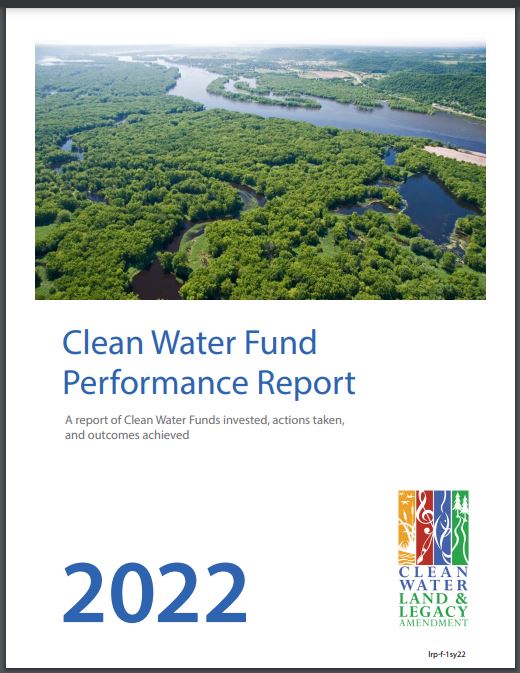Clean Water Fund
MDH Legacy Initiatives
- Clean Water Fund Home
- Contaminants of Emerging Concern
- Groundwater Protection Initiative - Accelerated Implementation Grant
- Groundwater Restoration and Protection Strategies (GRAPS)
- Pathogen Project
- Private Well Protection
- Source Water Protection Planning and Grants
- Water Reuse
Related Topics
- Minnesota Well Index
- Drinking Water Protection
- Source Water Protection
- Health Risk Assessment
- Wells and Borings
Environmental Health Division
Clean Water Fund
Initiatives at the Minnesota Department of Health
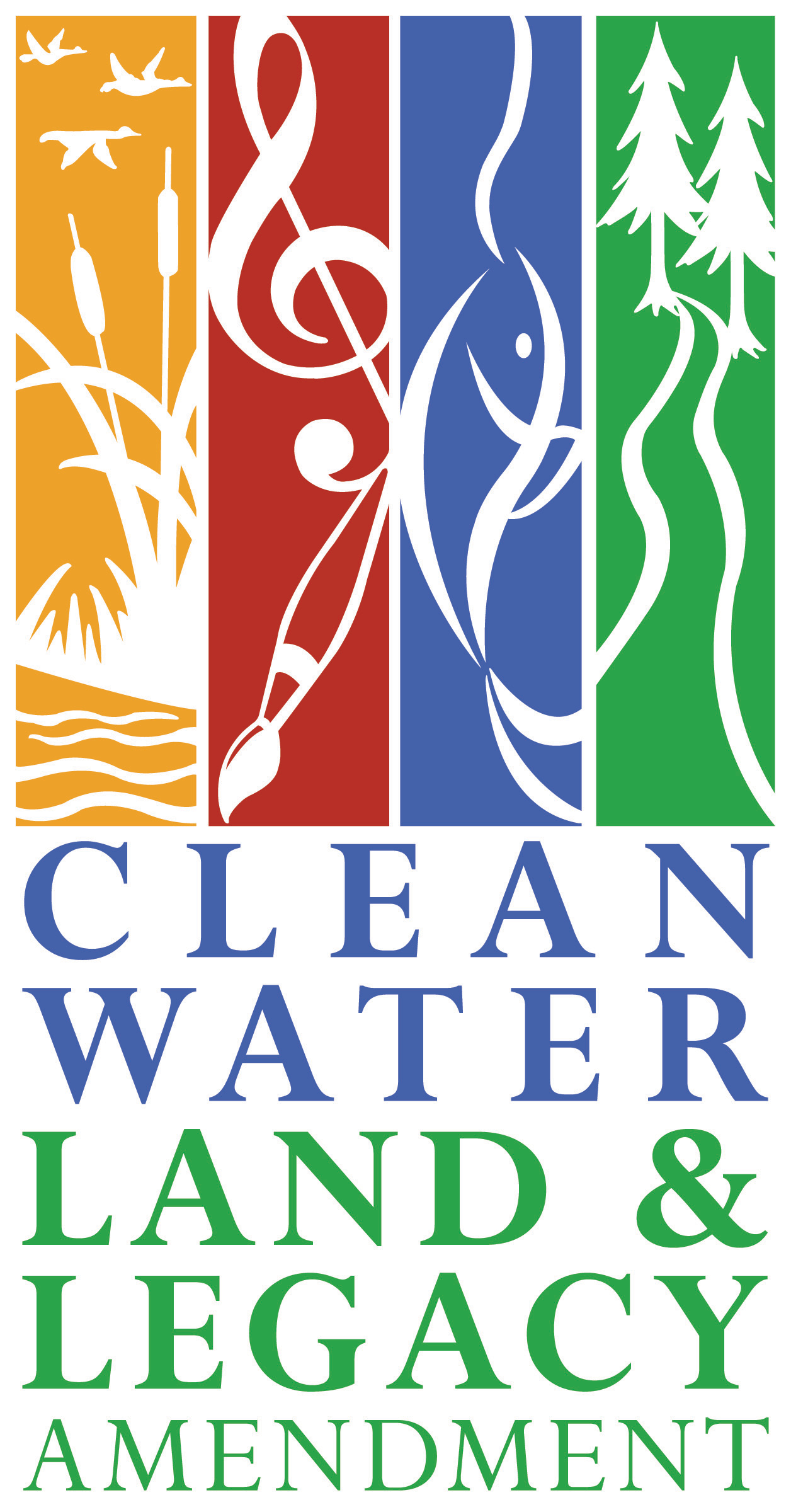
Healthy people in healthy communities depend on safe and reliable water for drinking and clean water for recreation. As Minnesota’s lead public health agency, Minnesota Department of Health (MDH) receives funding from the Clean Water Fund to expand our existing drinking water protection successes and enhance water resource protection efforts for the future. We achieve this through a variety of initiatives, listed below.
Healthy water, healthy Minnesota
In 2008, Minnesota voters took a bold action to protect our drinking water resources, protect and enhance natural habitats, improve our parks and trails, and preserve our cultural heritage. The vote to confirm the Clean Water, Land, and Legacy Amendment affirms the cultural importance of water in our “Land of 10,000 Lakes” and the desire to provide safe and sufficient drinking water for all Minnesotans.
We want you to see the important legacy you are leaving for Minnesota! Your dollars are hard at work to improve and protect our lakes, streams, rivers, and groundwater.
Gathering and sharing important information about groundwater resources and drinking water wells
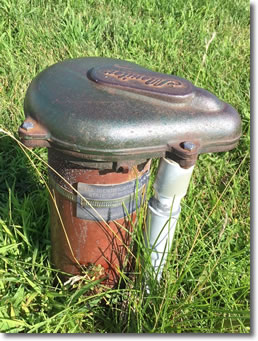
About 1.2 million people in Minnesota get their drinking water from a private well and are responsible for regularly testing their water and treating it when necessary. A 2016 MDH survey found that less than 20 percent of private well users test their well water at the frequency we recommend. We conducted a survey of 798 households that had unsafe levels of arsenic in their well water to learn what would prompt private well users to test their well water and barriers to testing and treatment. We use the survey results to develop and implement customer-centered outreach to private well users. Our goal is to see an increase in the percentage of private well users regularly testing their well water.
Here is one example of how we have used the survey results: Forty-three percent of respondents said that they would like to pick-up and drop-off a well test kit at a local location or event. To pilot this approach, MDH partnered with the Stearns County Soil and Water Conservation District and Stearns DHIA Laboratory to host three well testing clinics (specific times and locations where people could purchase or drop-off a discounted test kit), six pick-up/drop-off sites (offices where people could purchase discounted kits or drop them off during regular business hours), and distribute free water test kits through Women, Infants, and Children (WIC) clinics. Together, we distributed 221 well test kits over six weeks, and private well users returned 80 percent of the test kits for analysis. The most popular way to pick up the test kits were at the local pick-up/drop-off sites. We are now focusing on pick-up/drop-off sites and WIC partnership in Otter Tail County to further test and refine the recommendations for other communities to follow.
To learn more, visit Private Well Protection.
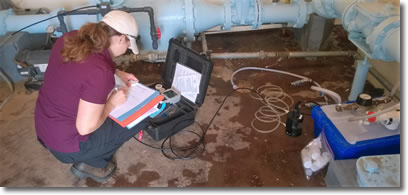
One of the earliest and most influential advances in public health occurred in 1854 when Dr. John Snow linked cholera outbreaks in London to a popular drinking water pump. Sewage from a nearby cesspit had contaminated the well that provided water to the pump. Since this discovery, actions like wastewater treatment, separate sewer and stormwater pipes, and water disinfection have significantly reduced waterborne illness. Reducing exposure to harmful bacteria, viruses, or parasites in drinking water remains a public health priority.
In 2013, the Minnesota Legislature asked MDH to monitor viruses in groundwater and compare that data to illnesses in the community. The monitoring data show viruses in some Minnesota groundwater used as a source of drinking water. When viruses were present, we also saw higher rates of reported gastrointestinal illness, but that increase was not significant. In the future, we plan to use Clean Water Funds to investigate how viruses and other microbes enter groundwater and wells.
To learn more, visit Pathogen project.
The Minnesota Well Index (MWI) (formerly known as the County Well Index) is the principal source of well construction and related geologic information. It serves as the basis for most of the groundwater mapping and assessment in Minnesota. It is vitally important to the work of well contractors; water planning engineers; and local, state, and federal agencies. Unfortunately, the index was operating on an outdated system. We relied on feedback from drilling contractors, consultants, representatives from local and state agencies, and others who use the data improve the index. Completed updates improved the web interface, resulting in more accessible and usable data sets. In addition, over 100,000 backlogged well records were entered into the database.
Learning more about the health risks from chemicals, pathogens, and naturally occurring elements in water

Few emerging contaminants have had a greater impact on Minnesota groundwater and drinking water than perfluoroalkyl substances (PFAS, previously known as perfluorochemicals [PFCs]). PFAS are a family of human-made chemicals used to make products that resist heat, oil, stains, grease, and water. Some PFAS can build up in our body tissues over time. When new information about how the built-up chemicals might transfer from a pregnant woman to a fetus or breastfed infant, our toxicologists developed health-based guidance for PFAS in water that protected these sensitive populations. MDH guidance values allow Minnesota to take actions in affected communities to protect public health when enforceable federal standards do not exist.
To learn more, visit Water Contaminants and Your Health.
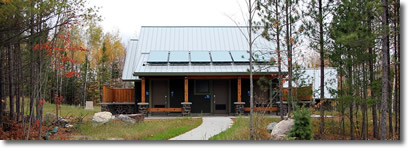
On average, each person uses 100 to 150 gallons of water each day. Most of that water is used for activities like flushing toilets, washing clothes, and watering lawns, but that water comes from the same sources as our drinking water. A high water demand means that, in some places in Minnesota, drinking water resources are draining faster than the natural water cycle can refill them. One answer is to reuse other water sources, such as rainwater or stormwater, for non-drinking activities to reduce demand on our drinking water sources. Several Minnesota cities and organizations are excited to learn more and start reusing water to meet a variety of their water needs, but we don’t know very much about the potential health risks of reusing water. We are studying water reuse systems to better understand water quality in reuse settings and have collaborated with stakeholders to write a report to advance safe and sustainable water reuse in Minnesota.
To learn more about water reuse in Minnesota, visit Water Reuse.

Minnesota is home to 154 miles of Lake Superior shoreline, providing thousands of Minnesotans and visitors access to our nation’s largest Great Lake. That shoreline is dotted with 79 beaches that provide some of the finest recreational opportunities in Minnesota. People who use the Lake Superior waters for boating, kayaking, fishing—and even a chilly swim!—can expect to go home with plenty of memorable experiences; we don’t want gastrointestinal illness to be one of them. To limit the chances of that happening, the Lake Superior Beach Monitoring Program tests water at beaches and notifies beachgoers if bacteria levels may be unsafe.
To learn more about beach monitoring, visit Minnesota Lake Superior Beach Monitoring Program.
Assisting communities to protect their drinking water
Verndale, located on the sandy soils of Wadena County in north-central Minnesota, has been described as a “sleepy little town.” However, the city has been anything but sleepy in its approach to battling elevated nitrate in groundwater. The nitrate levels are high enough that the city may be forced to drill a new well or construct a nitrate removal plant. Since neither option is cheap, nor preferred by the city council, the city began looking at other ways to tackle the problem.
The city is working with farmers and agricultural professionals to promote efficient nitrogen management on area fields. Verndale formed a wellhead protection team with staff from the Wadena County Natural Resource Conservation Service, Wadena County Soil and Water Conservation District, Minnesota Department of Agriculture, Minnesota Rural Water Association, and MDH. The team developed a nitrogen management program, created a demonstration site, and used financial incentives to encourage farmer involvement.
MDH awarded Verndale a grant to offset the cost of trying new farming practices, new fertilizer rates and products, soil testing, plant tissue testing, and irrigation water management. The wellhead protection team used Clean Water Fund grant dollars and two federal programs to create test plots on irrigated fields located on the edge of town. The team measured water quality and yields at the test plots to determine how the practices affected both water quality and field productivity. The city and area farmers are hoping to determine which farming practices are best for protecting the groundwater and farmer profits.
The city received financial assistance to drill a monitoring well. They will use this new well and existing private and public wells to establish a monitoring network to track nitrate levels in the area surrounding the city. This network will help Verndale determine the source of the nitrate so they can implement a targeted plan.
To learn moreabout source water protection planning and grants and to read more source water protection stories, visit Source Water Protection Planning and Grants.
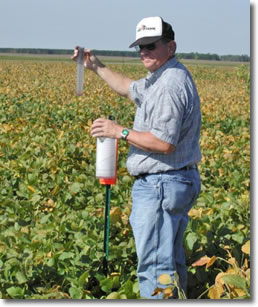
Protecting groundwater sources of drinking water requires long-term investment in land use planning and management. Local soil and water conservation district (SWCD) staff, watershed district staff, and county water management professionals are uniquely tasked with local natural resource management and providing advice and services to landowners. Understanding their key role to protect and maintain safe drinking water in Minnesota, we wanted to know how state agencies could match available resources with local needs. Through a survey and in-person structured conversations, the Freshwater Society collected information to help us understand our partners’ needs and current barriers to effective groundwater protection.
Local partners expressed a need for more education in the areas of hydrogeology and agronomy, additional support to provide information that meets the needs of diverse communities, and funding for cost-share and incentive programs for landowners. Their feedback was also compared to the Groundwater Restoration and Protection Strategies (GRAPS) reports for Minnesota watersheds to identify ways to improve the implementation of report recommendations.
To learn more about the needs assessment and GRAPS report, visit Groundwater Restoration and Protection Strategies (GRAPS).
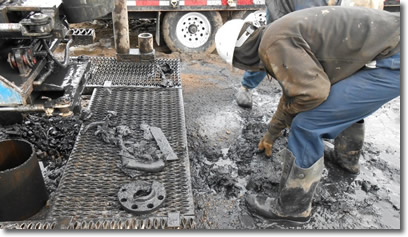
By the time an improperly sealed well at the Marshall Processing Plant was brought to our attention, the well was discharging over 50 gallons of groundwater per minute into the Redwood River through a storm sewer. A decades-old attempt to seal the well with lumber and burlap as a support structure for nine feet of concrete eventually failed when the steel well casing corroded and the well began to flow.
Unused wells that are not sealed properly can become a source of groundwater contamination and affect nearby drinking water wells. This one improperly sealed well was wasting over 26 million gallons of groundwater every year. When the city of Marshall planned street reconstruction in the area of the unused well, MDH was able to provide funding to assist the city to seal the well during construction. Clean Water Funds provided matching grants to seal unused private and public water supply wells.
2024 Clean Water Fund Performance Report
Information about MDH's current initiatives, as well as Clean Water Fund initiatives by other state agencies and our regional/local partners, to protect and improve Minnesota's water resources are available in the 2024 Clean Water Fund Performance Report (PDF).
In the 2024 Clean Water Fund Performance Report, you will see that Minnesota has invested in implementing local activities and drinking water protection, invested funds in each of Minnesota's watersheds, and leveraged $1.06 for every implementation dollar spent, increasing the reach and impact of Clean Water Fund work.
The report also tracks the activities and outcomes that we achieve with this dedicated funding. The Report Card (pages 4-6) will give you a quick glance of the status and trend for nearly thirty Clean Water Fund measures. You can read a profile for each measure to learn more about some of our recent efforts, such as:
- developing and re-evaluating health-based guidance for contaminants without federal water guidance;
- testing newly constructed private wells for arsenic and nitrate; and
- funding projects for public water systems to protect their drinking water sources.
Initiatives
Ongoing initiatives
- Contaminants of Emerging Concern: Evaluating and communicating scientific information about the potential for health risks from exposures to newly identified health hazards in drinking water.
- Source Water Protection Planning and Grants: Protecting the sources that supply drinking water to the public.
- Private Well Protection: Evaluating the occurrence and distribution of contaminants in private wells and developing additional education and outreach to protect private well users.
- Groundwater Protection Strategies (GRAPS): Determining a process for local implementation of groundwater restoration and protection strategies.
- Future of Drinking Water Initiative: Assessing threats and barriers to Minnesota's safe drinking water system and translating emerging science into protective public health policy and action. Learn more at Future of Clean Drinking Water.
Completed initiatives
- County Well Index Enhancement: (now the Minnesota Well Index): Enhanced the primary source of information about drinking water wells for the state.
- Lake Superior Beach Monitoring: Monitoring beaches along Lake Superior to notify the public when swimming is not advised, working with partners to reduce contaminant sources, and evaluating a modeling tool.
- Water Reuse: Developed recommendations for practices and policies to ensure that water reuse can be safe and sustainable in Minnesota.
- Pathogen Project: Evaluated and updated recommendations for public water suppliers on how to protect their wells from contamination.
- Well Sealing Grant Initiative: Provided grants to seal unused wells, which pose risks of groundwater contamination. Between 2012 and 2021, 64 unused public water supply wells and 1,189 private wells were sealed through this initiative.
Funding
Table 1. Minnesota Department of Health Appropriations by fiscal year biennium (in thousands of dollars)
| Initiative | 10-11 | 12-13 | 14-15 | 16-17 | 18-19 | 20-21 |
|---|---|---|---|---|---|---|
| Contaminants of Emerging Concern | 1,335 | 2,040 | 2,300 | 2,200 | 2,200 | 3,400 |
| Source Water Protection | 2,415 | 2,830 | 3,230 | 3,800 | 5,494 | 5,494 |
| Sealing Unused Wells | - | 500 | 500 | 225 | 500 | - |
| County Well Index Enhancement | - | 668 | 780 | - | - | - |
| Private Well Protection | - | - | 650 | 650 | 800 | 1,500 |
| Pathogen Project | - | - | 1,600 | 350 | 200 | 500 |
| Lake Superior Beach Monitoring | - | - | 210 | - | - | - |
| Groundwater Protection Strategies (GRAPS) | - | - | 300 | 250 | 400 | 1,100 |
| Water Reuse | - | - | - | 350 | - | 500 |
| Drinking Water Action Planning | - | - | - | - | 300 | 500 |
| Total | 3,750 | 6,038 | 9,570 | 7,825 | 9,894 | 12,994 |
Of interest
- A Minnesota Department of Health Five Year Progress Report 2010 - 2014 (PDF)
- Clean Water Fund Key Water Information Catalogue
Go to >top.
